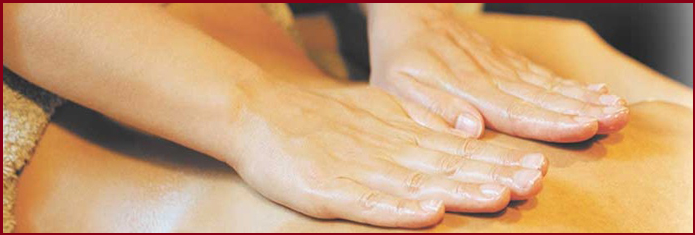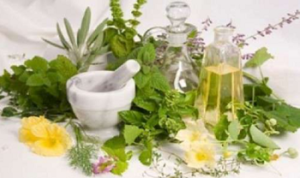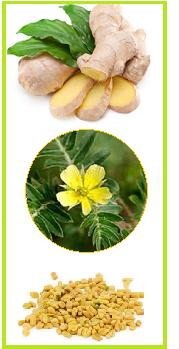Why/when to avoid yoghurt postpartum, and why is yoghurt overrated for probiotic use?
Hello Cheryl !
It sounds like your lassi was yummy! Yoghurt does have benefits after childbirth, after 2-3 weeks, in specific preparations. And it has some not critical but – for some moms can be more of an issue risks, depending upon when and how it is used.
After childbirth our digestion is so fragile, and little things make a big difference for mama and baby sometimes for long time to come. “42 Days for 42 Years” is a pretty stunning statement about it! Yoghurt is creamy, cloudy, sweet and sour inherently – these things can help rebuild and knit tissues back together, sour can even help digestion. It contains a little, or more probiotics, not a lot. It is taken usually cold which complicates maternal digestion and absorption of the nutrients. It is sour which has it’s place and risks.
Lassi is a dilute yoghurt, buttermilk or Kefir drink. If not made with ice or fruit, and including some digestive spices (yes and with sweet or pinch salt), can act as a digestive with a non-meat or egg based meal, esp legumes, esp lunch time when our agni is highest. Note that postpartum legumes have to be cooked to thin or light creamy broth also for a few weeks.
Yoghurt and soured dairy in general are advised to avoid for all of us after say 2pm, or certainly after sun goes down. Though the least problematic of this category, yoghurt is more phlegm producing than *properly used* milk. Agni (digestive fires or enzymes) are weaker at that time of day, and these foods even yoghurt easily clog channels in this way. I believe it has something to do also with how much time it takes for the layers of yoghurt vs milk digestion, and that in the nighttime, more food means less of Ma Nature’s intended work on the body.
The all so popular yoghurt or any dairy with banana is also contraindicated for everyone. This food combining tends to create some heavy incomplete products of digestion which clog the “shrotamsi” (channels) and risk buildup into carcinogenic influence, per Dr. Vasant Lad.
Postpartum conditions in first few days are such that although we need some very specific digestive spices which are also warming, and warm temp foods, other warming energetics with includes sour and even salt for 2-3 days or more, is generally contraindicated. Add to that the heavier nature of yoghurt, classical ayurved as I have learned it avoids yoghurt even in lassi for at least the first 10 days after birth.
That time period is when the body is still strongly bleeding or just lightening up, and at risk of increase after decrease is still high. IE, excess even to hemorrhage, and especially in our culture of doing too much after childbirth. Sour, salt, laxative foods and herbs, doing too much, the wrong type of heating influences all can increase blood loss.
And most people eat pre-prepared yoghurt. If made with sweeteners, the culture value is pretty much stopped. Yogurt past a day they say changes properties to more sour, less digestible, more phlegm producing. The probiotic value is minimal also compared to what is needed to re-culture the gut flora after antibiotics. Best use something more focused there – a liquid or rehydrated powder preferred.
Homemade Kefir seems to have better culture also, and should be treated like yoghurt when using. Store bought kefir, IMO, and we know this about many yoghurts, must have some milk added to it after culturing, to even out the flavor and stabilize it form souring too fast. But this creates another food combining issue. Sweet milk and soured milk digest in different time zones and locations in the gut, and confuse the body, creating ama also (incomplete products of digestion) .
It is quite the story, isn’t it? Controversies are I’m sure tweaked reading this post.
Add to all this, the sequence of dhatu (tissue) nutrition, so little understood in the west. For instance, one’s self-assessments which really do not go beyond, for those who even make the connection, whether we have gas, bloating, constipation, loose stool, or heartburn from our food. Per Ayurveda from food to finest product of digestion, beyond rejuvenating the deepest tissues (reproductive), is at least 32 days most foods – who knows how to “feel” what our food 4 weeks ago did? To say nothing of the extra time involved after childbirth, at least 42 days instead of “32”. There are exceptions, including the fact that sweet taste is the first digested from upper stomach where generally it is absorbed. And milk properly used, is said to potentially convert to ojas in a few days.
As you must know, occasionally breaking the dietary “rules” or advice is not nearly the issue as is often doing so. I hope this discussion helps? And encourage you to just lean into any changes. It takes time to make changes and we have to honor gentleness there too, of course. Sometimes the scales are hard to read, which is priority. This is one of the reasons to have someone who knows how to make the postpartum “rules” delicious and satisfying, helps so much!
Great to be still in touch, I honor our connection and all the amazing work you do.
Ysha




